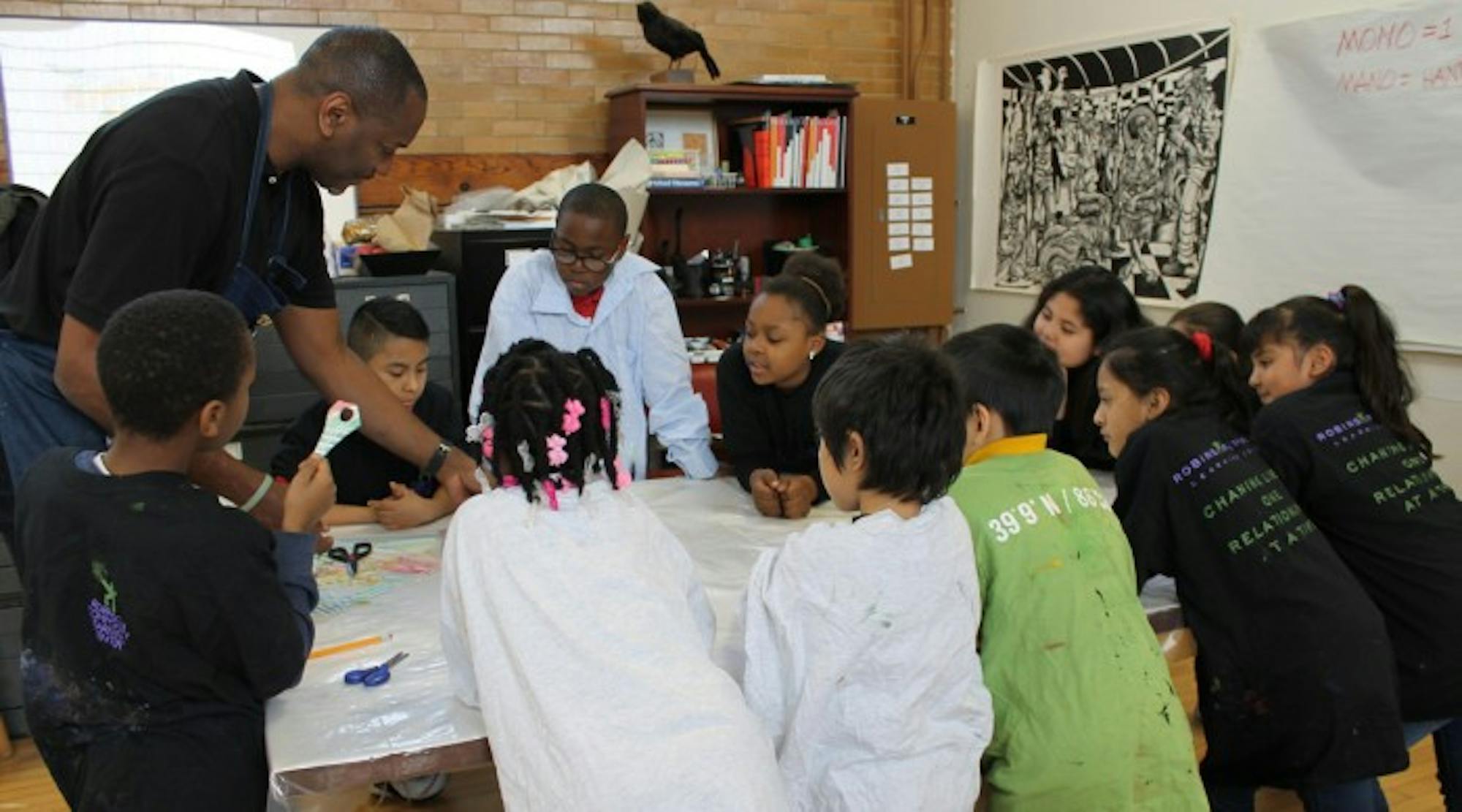The Notre Dame Center for Arts and Culture, located in South Bend, seeks to educate people through art, culture and community engagement. Associate director of community relations Jackie Rucker said the South Bend community created the idea.
“We conducted surveys in the community to find out if Notre Dame had a facility in the west side of town what they would like us to do,” Rucker said. “Overwhelmingly the community expressed an interest in exposure to art and culture and, in particular, art and culture in underrepresented groups.”
The center was inaugurated in March 2013 when Gilberto Cardenas, founding director of the Institute for Latino Studies, was looking for a new location in the community for the institute.
“Our job at this center is to connect the campus to the community and vice versa,” Rucker said.
Rucker said Cardenas had a vision for an art gallery and established the Crossroads Gallery, which showcases contemporary art. The center also has the Segura Arts Studio, which showcases the work of underrepresented artists, Rucker said.
“The Segura Arts Studio works with world class artists whose work has a social justice message,” she said. “The mission of the studio is to get the works of those artists into major collections.”
In addition to displaying art, the center also offers educational programs, Rucker said. Such programs include an after school program and an art summer camp.
The center has hosted events about major historical events or themes. Their signature program, titled “The Global Experience,” focused an entire year of programming on the year 1963, when Martin Luther King spoke at Notre Dame. They called this program “The Africana World: A Historic and Cultural Mosaic.”
“It provides education programming that people don’t normally get,” Rucker said. “You get exposure to a lot of different types of groups. A lot of times what we do is we end up connecting over food because it’s a natural way for people to connect and learn about art and culture within different groups.”
Other events include a Day of the Dead celebration and a ceremony of African marriage traditions where community members from African countries share their traditions. Rucker said she encourages everyone to come to these events. She said all people can connect with art.
“For example, there are so many things that are similar between art and science that we take for granted,” she said. “The process to solve scientific process is similar to the design process. They’re not competing.”
Rucker said other than connecting the University to the community, she believes the center has the power to enact social change.
“It [the center] is as great of a peacebuilding tool as anything else that we have,” she said. “The more that you get to know people … it helps you to understand them better and find common ground.”
Center for Arts and Culture aims to educate community
Artist Steve Prince leads children in the Notre Dame Center for Arts and Culture's (NDCAC) after school program in a mono type print workshop activity in March 2017. The NDCAC offers a variety of educational programs.









